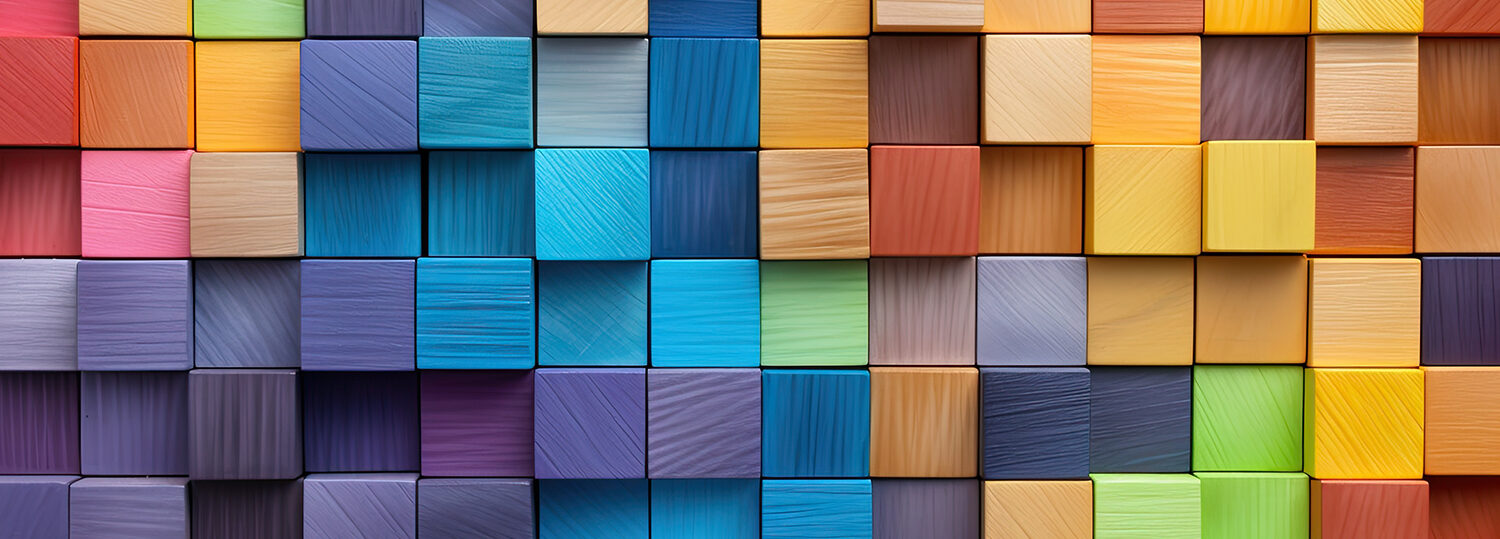The NC State MSE department recently hosted its second visual competition as a way to foster positive morale and encourage a supportive spirit for faculty, staff, and students. After a competitive and nail-biting review by the judging panel, the winners have been selected and we are excited to announce them. Two winners were selected for the main competition.
The Winners Are…
Main Competition for the MSE Third-Floor Atrium
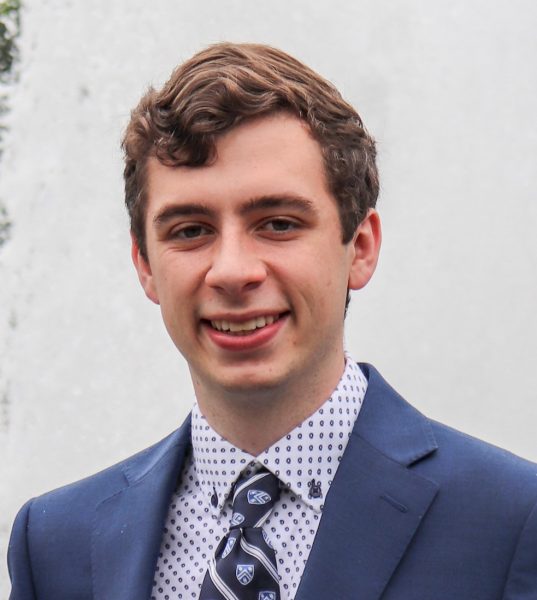
The first winner of the main competition which was open to all MSE students, faculty, and staff is Ph.D. candidate Matthew Chagnot. His entry is a micrograph image titled, “Thin Film Nb2O5 Electrode After Cycling.” The image was created in the Augustyn Group at the Analytical Instrumentation Facility (AIF) with the Keyence VKx1100.
Judges’ Notes
The judges were impressed with the soft elegance and organic shapes reminiscent of delicate landscapes found in nature.
Artist Statement
“This is one of many thin film Nb2O5 electrodes I fabricated during the project leading up to my most recent publication. The heat-treatment process causes the film to crack and separate into islands like drying mud, and it appears that the dark pattern on top is the result of some process taking place during the electrochemical cycling of this specific sample. Maybe a short. This image was taken using the Keyence VKx1100 in the AIF.“
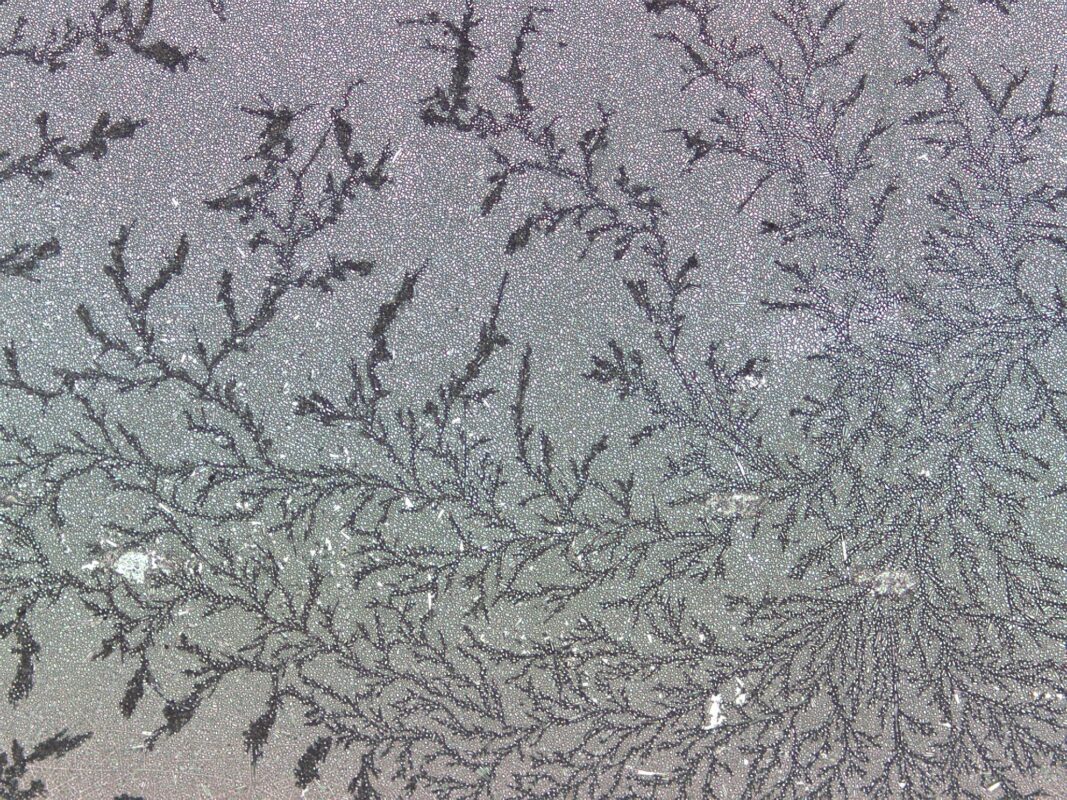
Main Competition for the MSE Third-Floor Atrium
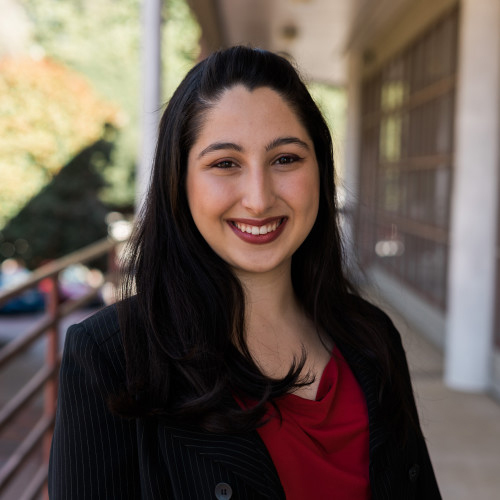
The second winner of the main competition is Ph.D. candidate Merve Fedai. Her entry is a simulation image titled, “Mosaic Pattern of Cellulose Nanocrystals.” The image was created in the Yingling Research Group with software including AMBER (Assisted Model Building with Energy Refinement) for MD simulations, and VMD (Visual Molecular Dynamics) for model visualizations and rendering of the image.
Judges’ Notes
The judges found the submission executed a whimsical and cheerful approach to pop art, and appreciated the eye-pleasing playfulness in pattern-building.
Artist Statement
“In this submission, I present a computational model depicting multiple chiral formations of surface-modified Cellulose Nanocrystals (CNCs). These CNCs, naturally occurring in a semi-crystalline form within plants’ cell walls, are extracted through sulfuric acid hydrolysis. This process not only isolates the CNCs but also chemically alters their surface by introducing the SO3 group, represented here as small red dots. The CNCs themselves are represented in shades of green to purple and the background is set as pink to symbolize the colors of plants. The focus of this model is on the self-assembly of these surface-modified CNCs into chiral structures, a phenomenon experimentally observed to show remarkable optical properties like structural coloration and iridescence. These properties stem from the unique way in which light interacts with the CNC’s chiral formations. Here, a repeated pattern has been employed to create a nanoscale mosaic to showcase the intricate arrangements of CNCs at a larger scale. This image is rendered from an initial “snapshot” from an all-atom molecular dynamics simulation, aimed at exploring the interactions between individual CNC rods. Such detailed representation of CNCs not only is used to study its dynamic behavior but also to gain insight into its unique properties and potential sustainable applications in various fields.“
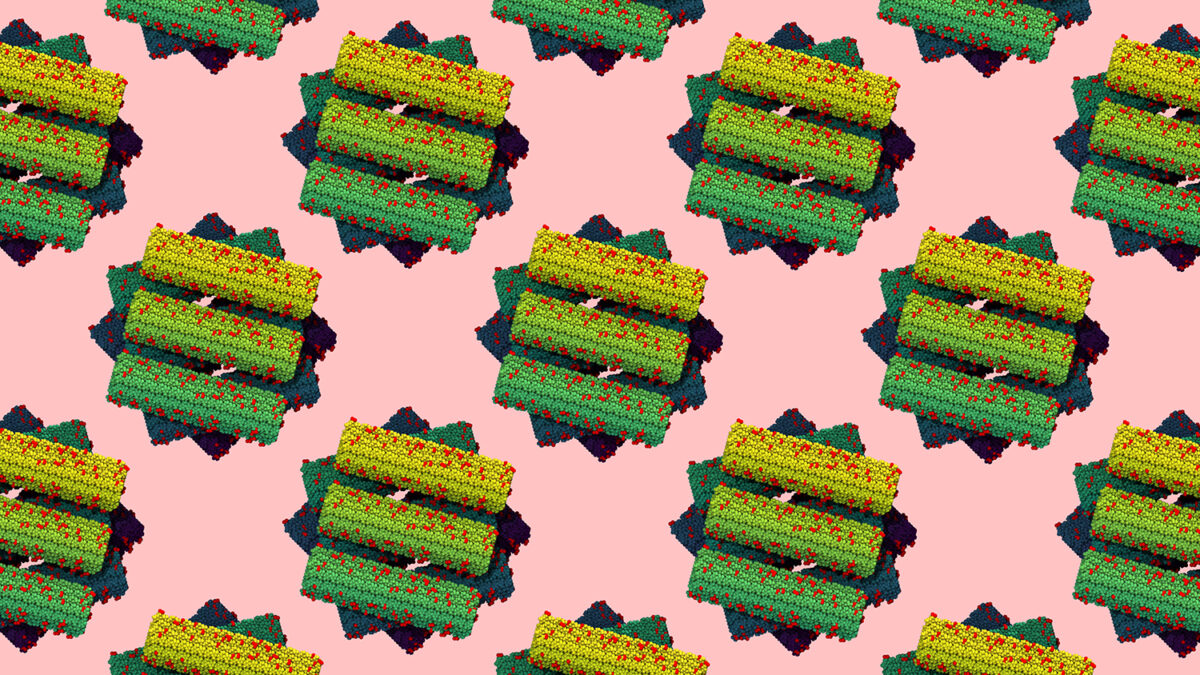
Many thanks to all of our contestants. We appreciate your participation in our art competitions and encourage you to participate in the next one. Installation photos to come soon!
